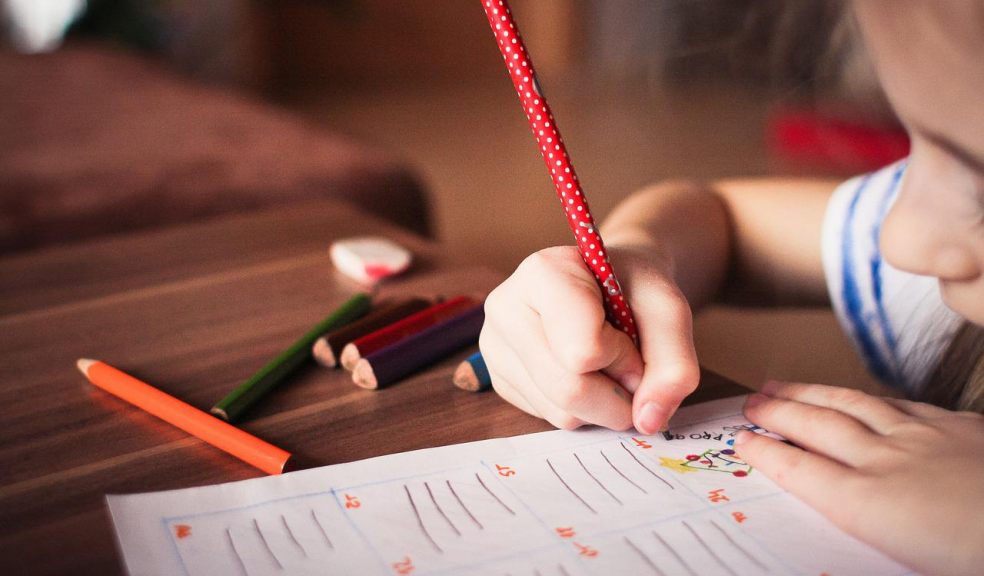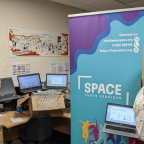
Understanding microlearning and when is appropriate
Education keeps evolving. What worked once might not work so well today. Adults need to think about the methods that exist right now when deciding how best to teach their kids.
We’ll talk about a relatively new educational style in this article. It’s called microlearning. If you haven’t heard about it yet, now is a great time to learn about what it brings to the table.
What is Microlearning?
Microlearning emphasizes teaching a particular topic in short time increments. Research has shown that microlearning is most effective because it allows children to focus on something before their minds start to wander. You can teach a student through microlearning for short bursts while still conveying everything about the subject matter they need to know.
You will find teachers who like and use this method at all education levels. They might also call microlearning micro training, nano learning, or bite-sized learning.
The idea with this learning form is that teachers will come up with a lesson plan where they’ll drill a subject’s main information into a student or student body in an engaging and digestible structure. This allows children to master particular learning and retention objectives.
Microlearning and Gamifying
You might also have heard of teaching through gamifying information. That means creating games that help a child or even older students learn and retain information.
Microlearning and gamifying often go hand in hand. A teacher might impart information about a subject matter for anywhere from 2-5 minutes. Then, they’ll conduct games having to do with what they just taught. The games can help the children retain that information later.
Teachers can utilize this method in classrooms with the students right there in front of them, but they might also try it with remote learning. In this second instance, the teacher will teach the lesson, usually in real-time, and the student can watch on their laptop, desktop, tablet, or even their phone.
Parents might allow a young person to learn through this method if they’re worried about Covid-19 and don’t want that child to attend a class in person. If they have a child with an immunocompromised condition, this teaching methodology makes a lot of sense.
What Else Should You Know About Microlearning?
Like many other teaching techniques, research seems to indicate that smaller class sizes help this method. Whether a teacher wants to use microlearning in person or through remote learning and electronic devices, a few pupils should retain the information better than 40-50 kids per class.
Microlearning also works well with spaced exposure. Spaced exposure means that a teacher spreads study lessons over longer time periods. That’s a more conventional technique that has been around for decades.
Microlearning and spaced exposure together seem to yield positive results. Many problematic students who can’t seem to pay attention respond well to these two techniques combined.
When a teacher uses microlearning, they will also probably have the best luck with children retaining the information the educator wants to impart if that educator does not expose the child to very many different topics in close proximity to each other. In other words, this teaching method works better if the teacher sticks to a simple lesson plan and does not deviate from it dramatically or suddenly.
Microlearning works best when a teacher picks one area or topic and talks about it exclusively. A child’s short-term memory should be able to better process and retain the information that way.
Microlearning’s Main Benefits
If you think your child might do well with this technique, you should know all about microlearning’s main benefits before you move forward. For one thing, children who struggle with information retention often do well with this style. Also, kids can learn from home, which might work well for you if you worry about them going to a centralized location outside your residence to learn.
Many studies indicate that learning about something in short bursts helps a young mind retain it. If an educator teaches a student using microlearning, there’s less chance that the student’s mind will reject the basic premise because they can’t remember it later. Using gamification to help the child remember should also help.
When a teacher uses this technique, they can also keep the student under control much easier. The child can probably focus on the new material for a few moments and then play games related to it much better than they could sit for an hour and hear a lecture about that material.
This goes against conventional wisdom regarding teaching, but that’s really the whole point. Microlearning presupposes that traditional teaching methods don’t work as well and tries to approach learning from an entirely new perspective.
Should You Allow Your Kids to Learn This Way?
If you feel your children might learn better this way, you may want to look into it further. If you have a child who doesn’t seem to retain their lessons well through conventional means, you can consider them a potential candidate. If they have ADHD or another condition that won’t allow them to sit still for long lessons, you might ask them if they’d like to try this.
You can also keep your kids at home but ensure they still learn this way. If you worry about at-school violence or the ongoing pandemic, you might feel better about this option.
Microlearning seems to produce less stress than other conventional teaching forms. Many parents feel that it can change how children learn, but their kids can still get the fundamentals they’ll need to function in the world when they become adults.
However, most parents also understand that microlearning alone probably can’t replace conventional schooling entirely. Educators might use it as a supplemental teaching method for kids who can’t keep up with the rest of the class.
Using microlearning can help kids, but they should not rely on it entirely. If you can find a teacher who will use it along with other methods, your child might show improvement that way.

















